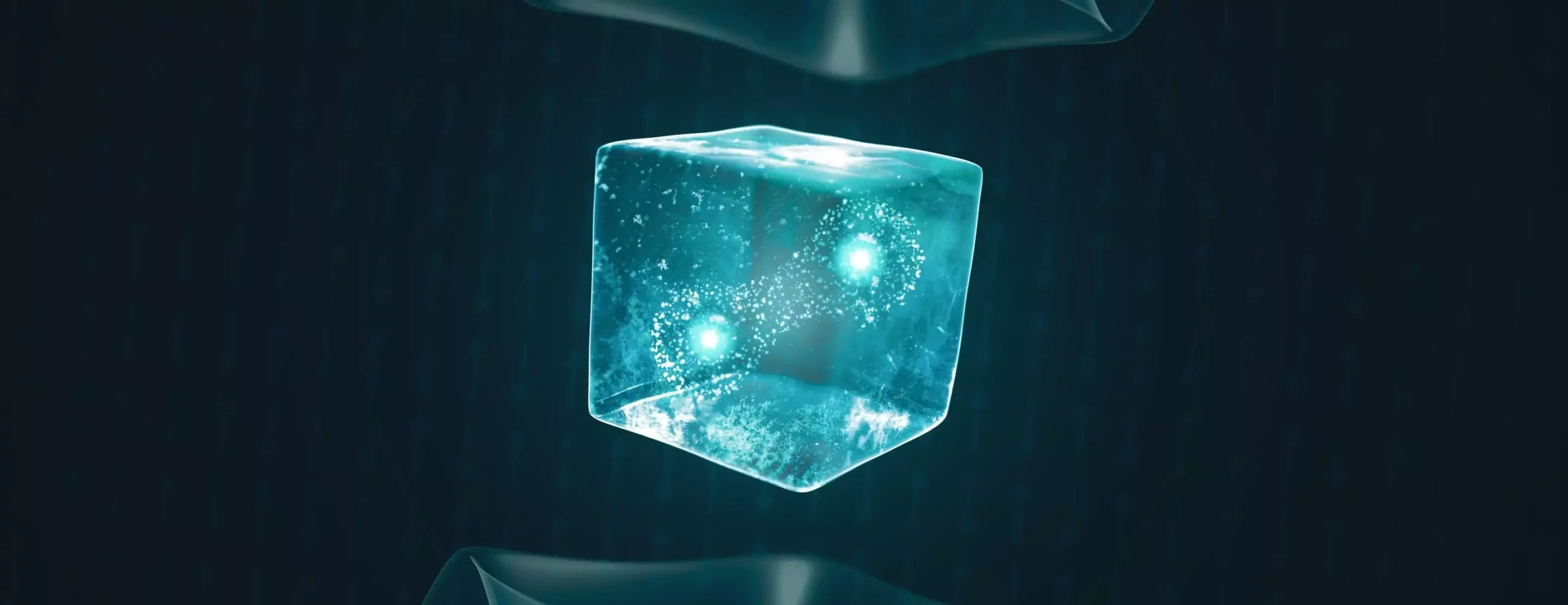For decades, researchers have been fascinated by the unique properties of superconductors and the potential they hold for revolutionizing industries such as technology, transportation, and energy. The ability of superconductors to conduct electricity without any energy loss has sparked numerous studies aimed at understanding their atomic properties and finding ways to enhance their performance. Recently, a research team from SLAC National Accelerator Laboratory, Stanford University, and other institutions made a groundbreaking discovery that sheds light on the electron pairing mechanism in superconductors and presents new opportunities for advancing the field.
To grasp the concept of superconductivity, one must understand the intricate dance of electrons within these materials. When electrons pair off and move synchronously, a superconducting state is achieved, allowing for the flow of electricity without resistance. However, if these pairs are incoherent, the material may behave like an insulator, hindering the conductivity of electricity. Imagine electrons as reticent individuals at a dance party, hesitant to interact until the right conditions arise. Once a common attraction, such as a captivating song played by the DJ, brings them together, the electrons pair up and begin to “dance” in unison. This coherence is essential for achieving superconductivity and unleashing the full potential of these materials.
While conventional superconductors rely on lattice vibrations to facilitate electron pairing, unconventional superconductors, such as cuprates, operate at higher temperatures and exhibit unique mechanisms for achieving coherence. In the recent study, researchers investigated a cuprate family with relatively low superconducting temperatures but promising characteristics for enhancing electron pairing. By analyzing the atomic structure of the cuprate using ultraviolet light, researchers identified a strong pairing gap in the most insulating samples, suggesting the presence of electron pairing at significantly higher temperatures than previously observed. This discovery challenges conventional beliefs about superconductivity and opens up new avenues for designing superconductors that operate at elevated temperatures.
The implications of this research extend beyond the current study, offering a glimpse into the future of superconductor technology. While the cuprate examined may not be the key to achieving room-temperature superconductivity, the insights gained from this study pave the way for further exploration and experimentation. By leveraging this knowledge to engineer innovative superconductors using novel methods, researchers hope to unlock the full potential of these materials and propel advancements in quantum computing, energy storage, and beyond. The road to room-temperature superconductors may be long and challenging, but with each discovery, scientists move closer to realizing this transformative vision.
The recent findings on electron pairing in cuprates represent a significant milestone in the quest to understand and harness the extraordinary properties of superconductors. By investigating unconventional materials and pushing the boundaries of current knowledge, researchers are unraveling the mysteries of superconductivity and charting a course towards revolutionary advancements in technology. As we continue to explore the atomic realm of these remarkable materials, the possibilities for innovation and discovery are limitless. The dance of electrons within superconductors may hold the key to a future where energy efficiency, quantum computing, and high-speed transportation are no longer distant dreams but tangible realities.


Leave a Reply